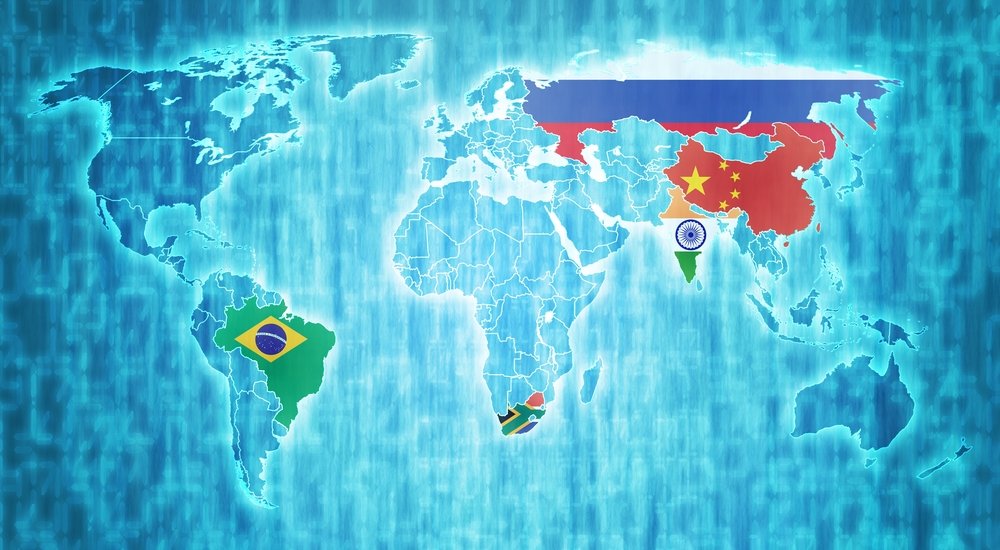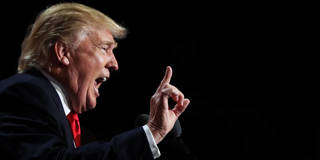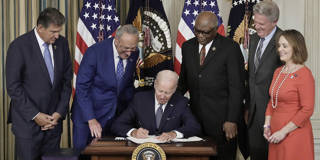Madiha Afzal
Pakistan’s ongoing political crisis has reached a crescendo this month with former Prime Minister Imran Khan’s arrest and its fallout. The contours of the conflict are clear: it is Khan versus Pakistan’s military establishment. And the gloves are off.
Khan was arrested on May 9 from the premises of the Islamabad High Court, whisked away by dozens of paramilitary troops in riot gear, ostensibly for a corruption case. But the manner and timing of his arrest — coming just after he had doubled down on his allegations that a senior intelligence official was responsible for an assassination attempt against him last November — indicated that the arrest was more about the confrontation between Khan and Pakistan’s military which began last spring with his ouster in a vote of no-confidence.
The arrest set off protests on the same day across Pakistan, some of which turned violent and involved vandalism against military installations. In unprecedented scenes, protesters attacked the gate of the army headquarters in Rawalpindi, the corps commander’s house in Lahore, and other buildings, including the Radio Pakistan offices in Peshawar. At least eight people died in clashes with the police. The country’s telecommunications authority shut off access to mobile internet services and social media for several days. In response to the protests, police have arrested thousands of Khan’s party workers, reportedly harassing their families in the process; many of them are yet to be produced in court. They also arrested senior leaders of Khan’s party, the Pakistan Tehreek-e-Insaf (PTI), and key members of his former cabinet: his former foreign minister, finance minister, human rights minister, and information minister.
On May 11, Pakistan’s Supreme Court deemed Khan’s arrest from the premises of a court unlawful, and the Islamabad High Court granted him bail the following day. As he was released, he pointed a finger at one man: Pakistan’s army chief, General Asim Munir.
Khan’s confrontation with the military has now devolved into an existential, zero-sum fight between the country’s most popular politician and its most powerful institution. Khan, once the military’s favored politician, has since last year stoked popular resentment against the institution, which he blames for his ouster. The attacks on military buildings after Khan’s arrest damaged the institution’s veneer of invincibility. The military — long Pakistan’s sacred cow, its one institution deemed untouchable — has not taken kindly to Khan’s dissent. It has responded forcefully to the protests on May 9 — which it has called a “black day” — saying that violent protesters will be tried in military courts. Trying civilians in army courts would violate Pakistan’s obligations under international human rights law. But Pakistan’s National Security Council backed the military’s decision and its civilian government has lined up behind it, dealing a blow to the constitution and rule of law in the country. This week, an anti-terrorism court in Lahore allowed the handing over of 16 civilians to the military for trials.




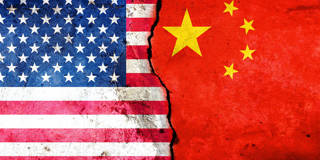

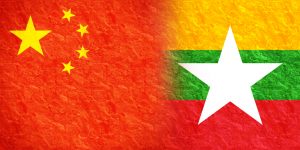


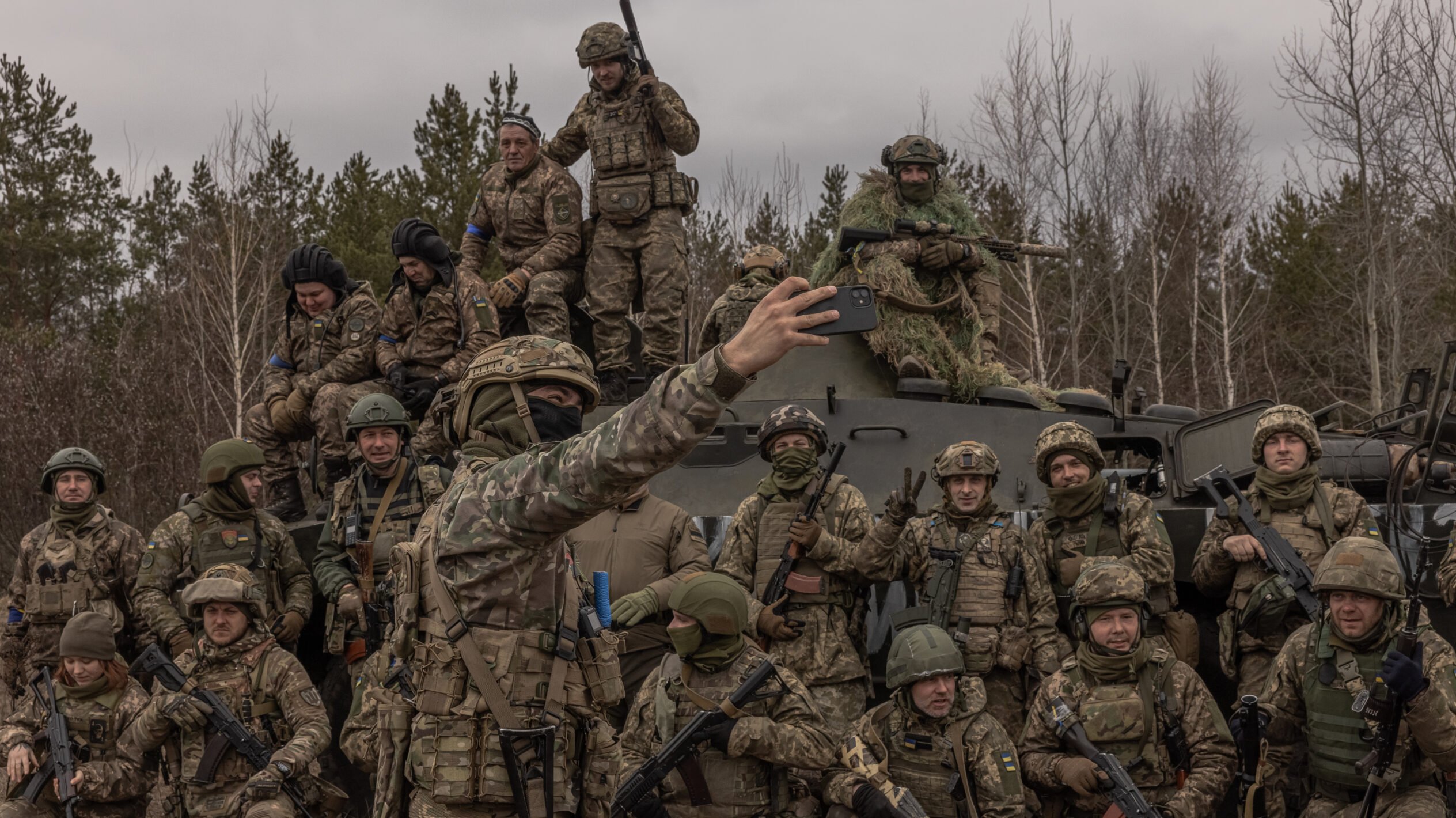

:quality(70)/cloudfront-us-east-1.images.arcpublishing.com/archetype/F6UQNAJU2FF3RLN4DVPSUJCBPA.jpg)
